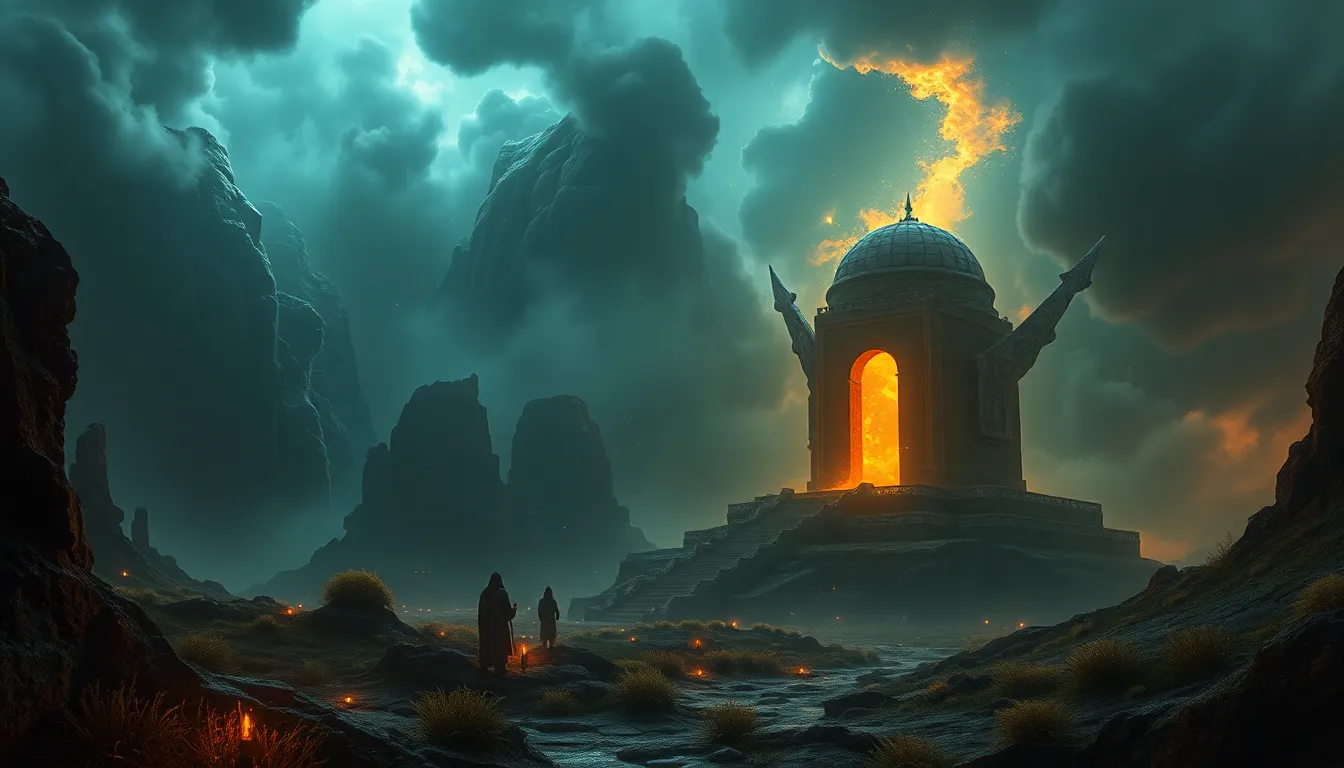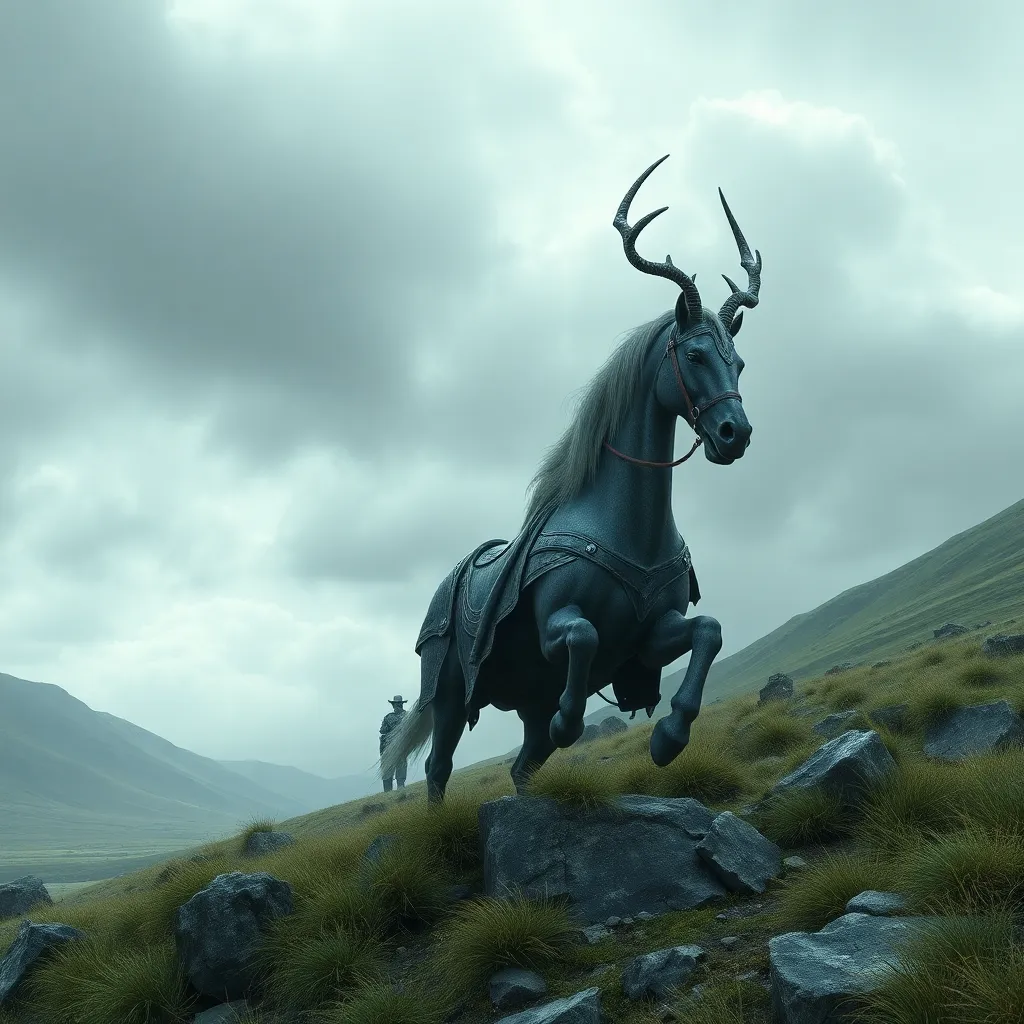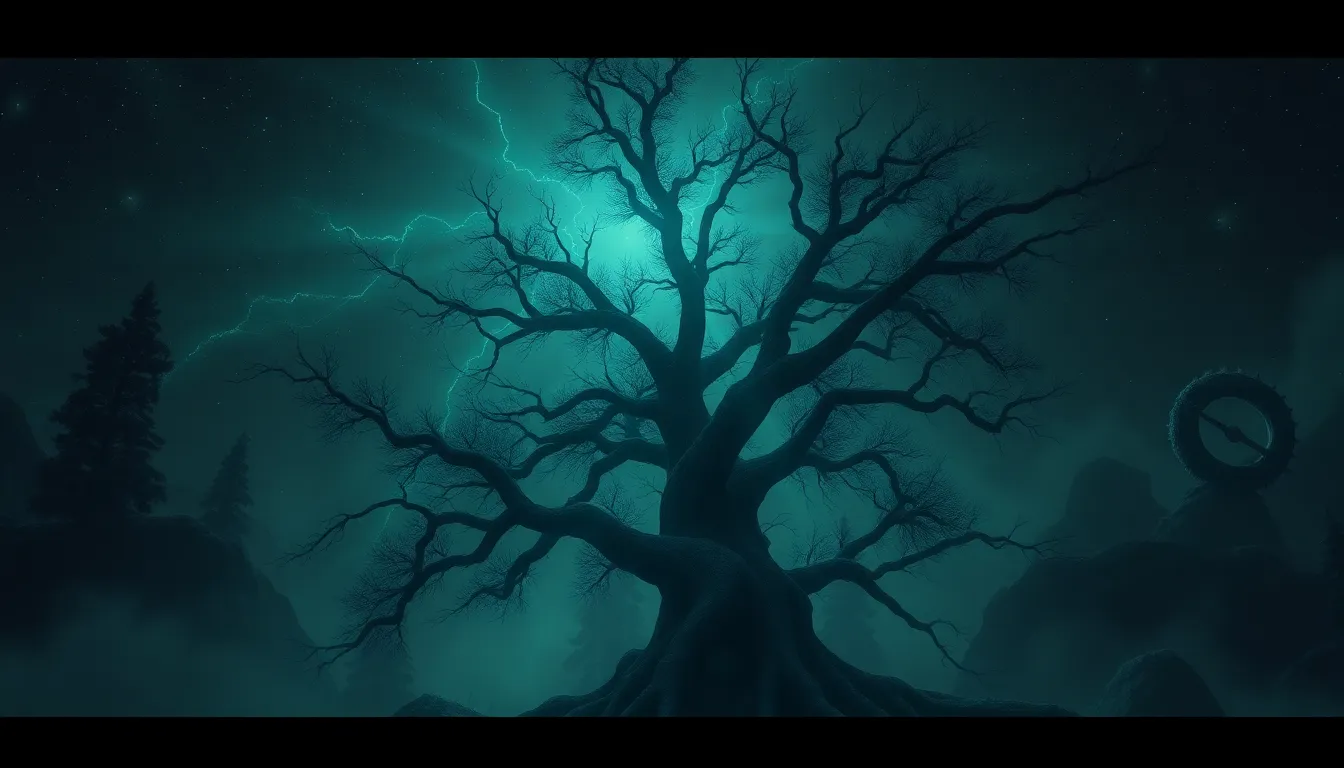The Journey of the Ancestors: Myths of Heritage and Legacy
I. Introduction
Heritage and legacy are concepts that encompass the traditions, values, and beliefs passed down through generations. Heritage refers to the cultural, historical, and familial attributes that shape our identities, while legacy signifies the lasting impact and influences of our ancestors on contemporary society. Understanding these concepts is crucial as they help us connect with our roots and appreciate the rich tapestry of human experience.
The importance of ancestors in cultural identity cannot be overstated. They are the keepers of traditions and the storytellers of our past, providing a sense of belonging and continuity. Myths related to ancestry serve to bridge the past and present, offering insights into the values and beliefs that define various cultures.
In this article, we will explore the myths surrounding ancestry and how they shape our understanding of heritage and legacy across different cultures.
II. The Concept of Ancestry in Various Cultures
Across the globe, different cultures have unique perspectives on ancestry, often articulated through rituals and storytelling.
A. Ancestral Worship Practices
Many cultures engage in ancestral worship, where rituals are performed to honor and communicate with the spirits of ancestors. This practice is prevalent in:
- Chinese Culture: The Qingming Festival, where families visit graves to pay respects.
- African Traditions: Various tribes conduct ceremonies to honor their ancestors, viewing them as guardians and guides.
- Indigenous Cultures: Many Native American tribes believe in the spiritual presence of ancestors, incorporating their teachings into daily life.
B. Folklore and Legends Surrounding Ancestors
Folklore often includes stories that highlight the virtues and adventures of ancestors, serving as moral lessons or cultural touchstones. These legends can vary significantly between cultures, showcasing diverse values and teachings.
C. The Role of Ancestors in Cultural Narratives
Ancestors frequently appear in cultural narratives as symbols of wisdom and guidance, shaping the identity of communities and nations. Their stories are integral to understanding collective histories and cultural evolution.
III. Myths vs. Historical Facts: Understanding the Dichotomy
The line between myth and historical fact is often blurred, leading to fascinating explorations of truth and fiction.
A. The Nature of Myths in Storytelling
Myths serve as powerful storytelling tools, allowing cultures to convey complex ideas and values through engaging narratives. They often embody the collective fears, hopes, and aspirations of a society.
B. Distinguishing Between Legend and Historical Truth
While legends may contain kernels of truth, they are often embellished over time. This embellishment serves to enhance the narrative’s moral or cultural significance rather than serve as a strict historical account.
C. The Impact of Myths on Collective Memory
Myths play a crucial role in shaping collective memory, influencing how communities remember their past and envision their future. They foster a shared identity and continuity, vital for cultural cohesion.
IV. The Role of Oral Traditions in Preserving Ancestral Myths
Oral traditions are a vital means of preserving ancestral myths, allowing stories to be passed down through generations.
A. Oral Storytelling: Techniques and Significance
Oral storytelling techniques, including repetition, rhythm, and vivid imagery, engage listeners and enhance memory retention. These methods are essential in cultures where written language is less prevalent.
B. The Transmission of Knowledge Through Generations
This transmission of knowledge not only preserves stories but also instills cultural values, ensuring that each generation understands its heritage.
C. Case Studies of Oral Traditions in Different Cultures
Examples of successful oral traditions include:
- The Griot Tradition: In West Africa, griots serve as historians and storytellers, preserving the lineage and cultural narratives of their people.
- Australian Aboriginal Dreamtime Stories: These stories convey the creation of the world and the laws of nature, passed down through generations of oral tradition.
V. The Influence of Ancestral Myths on Modern Identity
Ancestral myths continue to influence modern identities, both personally and communally.
A. Personal Identity and Family Heritage
Individuals often draw on their ancestral stories to form their personal identities, creating a sense of belonging and understanding of their place in the world.
B. Community Identity and Shared Ancestry
Communities unite through shared ancestry, fostering a collective identity that can be powerful in the face of external challenges.
C. The Relevance of Myths in Contemporary Society
In contemporary society, myths are still relevant as they provide context for current social issues, bridging the past with present experiences and future aspirations.
VI. The Intersection of Mythology and Genealogy
The fields of mythology and genealogy intersect, offering intriguing insights into heritage.
A. Exploring Family Trees: Mythical vs. Documented Lineage
Many families explore their genealogy, often uncovering mythical elements that embellish their family histories, creating a narrative that is both factual and fantastical.
B. How Ancestral Myths Shape Perceptions of Heritage
These myths can shape perceptions of heritage, influencing how individuals view their identity and the legacy they wish to uphold.
C. The Role of DNA Testing in Understanding Ancestry
Modern DNA testing adds a scientific layer to ancestry research, allowing individuals to validate or challenge the myths surrounding their lineage.
VII. Ancestral Myths and Cultural Resilience
Myths serve as tools for survival and adaptation in challenging times.
A. Myths as Tools for Survival and Adaptation
In times of crisis, cultural myths provide comfort and guidance, helping communities navigate change and uncertainty.
B. The Role of Myths in Cultural Revitalization Movements
During cultural revitalization movements, myths are often reinterpreted and celebrated, reinforcing identity and heritage among younger generations.
C. Examples of Cultures Reinventing Ancestral Narratives
Examples include:
- Native American Cultural Revitalization: Many tribes are reclaiming and revitalizing their ancestral stories and practices.
- Indigenous Australians: Efforts to integrate Dreamtime stories into educational systems, ensuring their cultural narratives are preserved.
VIII. The Artistic Representation of Ancestral Myths
Ancestral myths find expression in various art forms, enriching cultural landscapes.
A. Literature, Music, and Visual Arts Inspired by Ancestors
Many authors, musicians, and artists draw inspiration from ancestral myths, weaving them into their creative works, which helps to keep these narratives alive.
B. How Myths Influence Modern Artistic Expression
Modern artistic expressions often reinterpret ancestral myths, allowing for a dialogue between past and present, and reflecting contemporary societal issues.
C. Celebrating Ancestry through Festivals and Performances
Festivals and performances celebrating ancestral myths foster community spirit and cultural pride, serving as a platform for sharing these vital narratives.
IX. The Future of Ancestral Myths in a Globalized World
As globalization continues to shape our world, ancestral myths face both challenges and opportunities.
A. Challenges Faced by Cultural Myths in Globalization
Globalization can dilute local cultures, making it imperative to find ways to preserve and promote ancestral myths in a rapidly changing landscape.</



